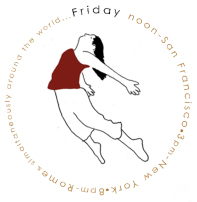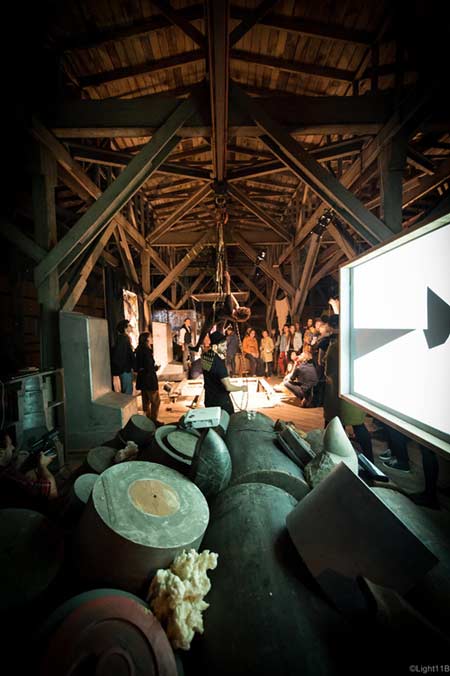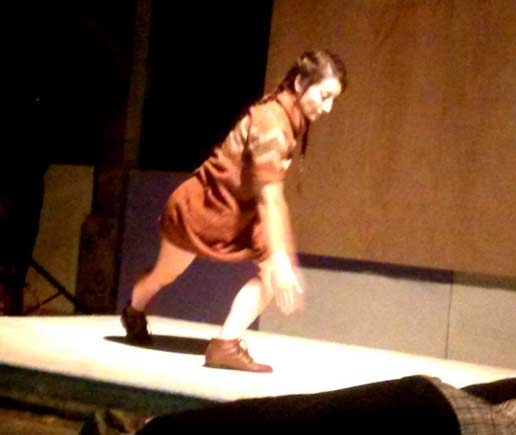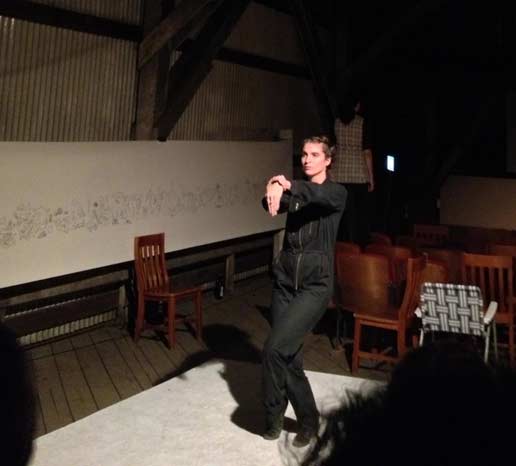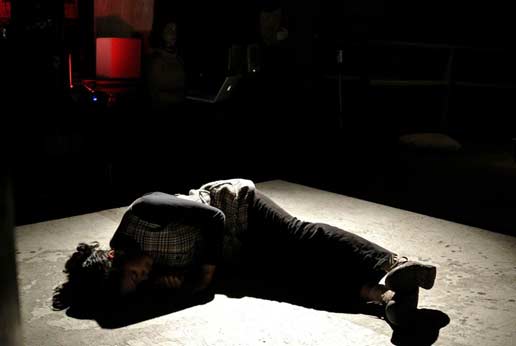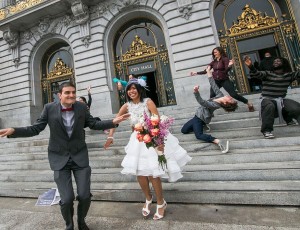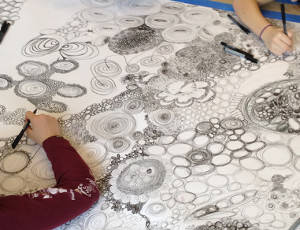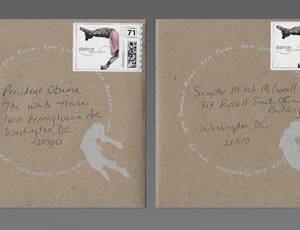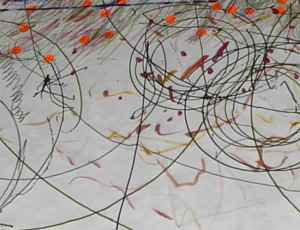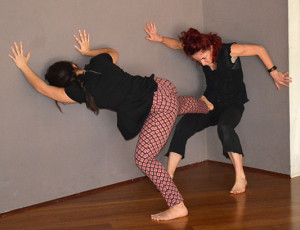Up a hidden staircase above a metal warehouse in Berkeley, CA, The Foundry thrives as an art space where choreographers, performance artists, musicians and visual artists from a variety of mediums coalesce. The space, decorated with found objects, obscure wooden sculptures, and ladders leading to hanging platforms and beams is perfect for the creation of site-specific collaborations.
Four times per year the artists and public gather for “The Foundry Nights”, a quarterly arts salon featuring the creations of ten artists-in-residence. Late into the night, dancers glide through the space, moving among art installations, which serve as a landscape for choreography. Musicians play on an antique, found piano, which is, in itself, a piece of art. The work of visual artists hangs in corners and crevices, encouraging the viewers to discover the art, rather than simply see it.
While some of the works are not intentionally site-specific or collaborative in nature, the audience experiences the entire evening as an interwoven collaboration of artistic mediums. No piece stands alone. Each work supports, enlivens and transforms the other creations and the space.
Following the July 27th Foundry Night, dance anywhere spoke with two dance artists, Daria Kaufman and Clare Schweitzer about how their residencies at The Foundry informed their choreography and understanding of site- specific performance.
Daria’s work, Habitat, was a site-specific piece that explored physical space and architecture. Daria and her five dancers used the entirety of the space to draw the audiences’ eye to the unusual surroundings, depth and height. Daria thus described Habitat as a work that juxtaposes “alternative domains and skewed realities where relationships are forged and broken. Movement ripples across time and space as multiple environments unfold, overlap and collide”.
Because Habitat was her first site-specific venture, Daria says that the work left much room for further exploration. The unusual terrain has inspired her to explore alternative venues for her choreography in the future. “My work at The Foundry unfolded very organically. At first I just sat in the space and observed and felt the space… The piece was a very much ‘of the space’”.
Clare Schweitzer’s choreographic work created a geometric art installation out of colorful ribbons which her dancers carried as they moved through the space. The dancers wove the ribbons across beams, connecting the three performance platforms of The Foundry in tent- like constructions. Clare says that with her work she strived to “create a character out of geometric structure”. She was interested in the way the wooden beams of The Foundry all have very different angles and geometry. “I was taking a shape-based approach. You could easily bisect the space into unusual shapes and patterns”.
Clare looks forward to further exploring shape patterns in a dance film version of this piece. She hopes to film this at The Foundry as “the space allows you to view movement from many interesting angles”. She was also inspired by how the other participants of the Foundry Nights explored space. “…the artists went above and beyond, using all the space and every dimension of it”.
The next Foundry Night is on October 19th.
for more information: foundrynights.org
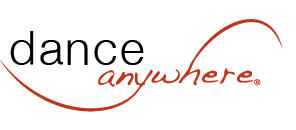
 Sign In
Sign In